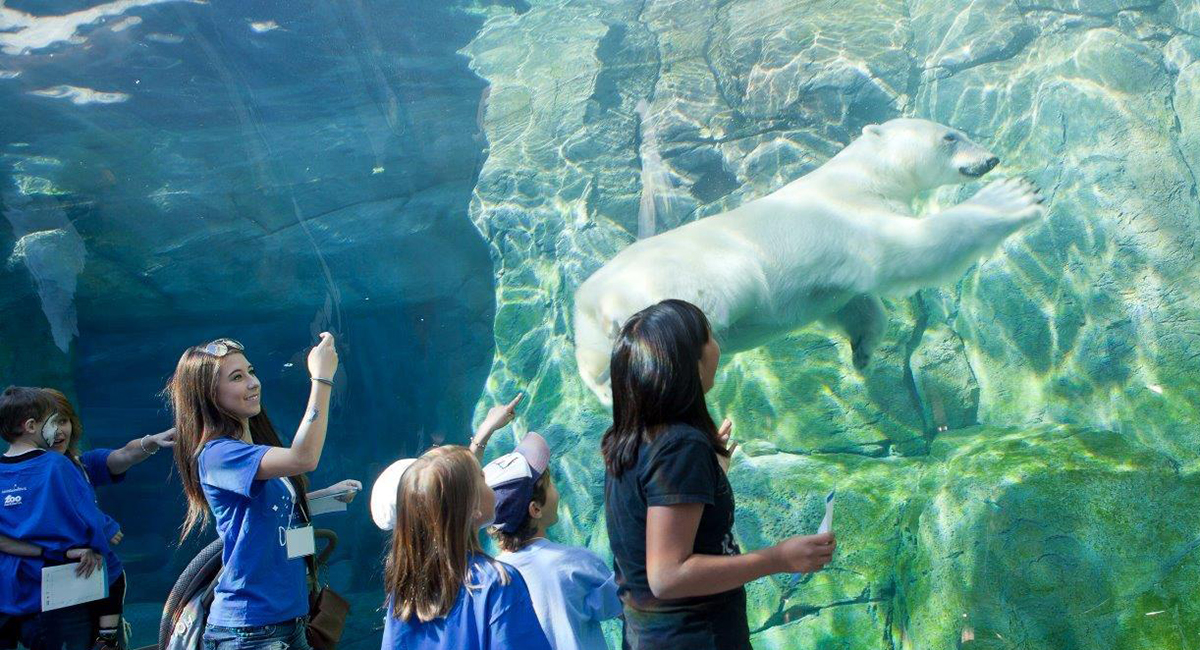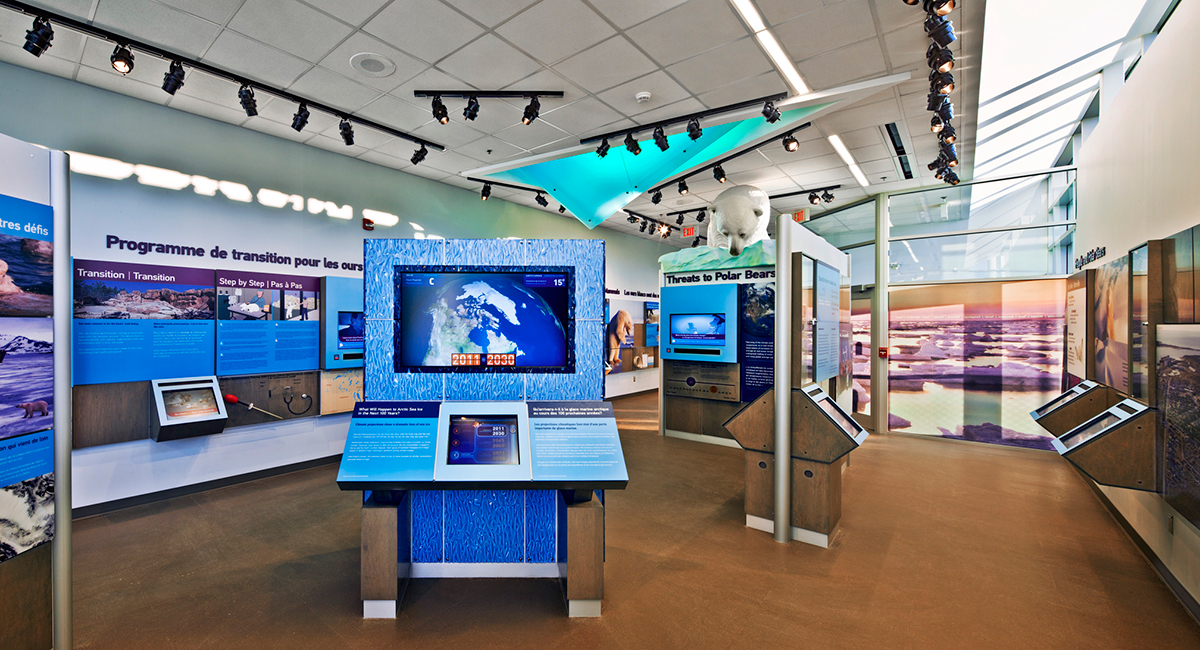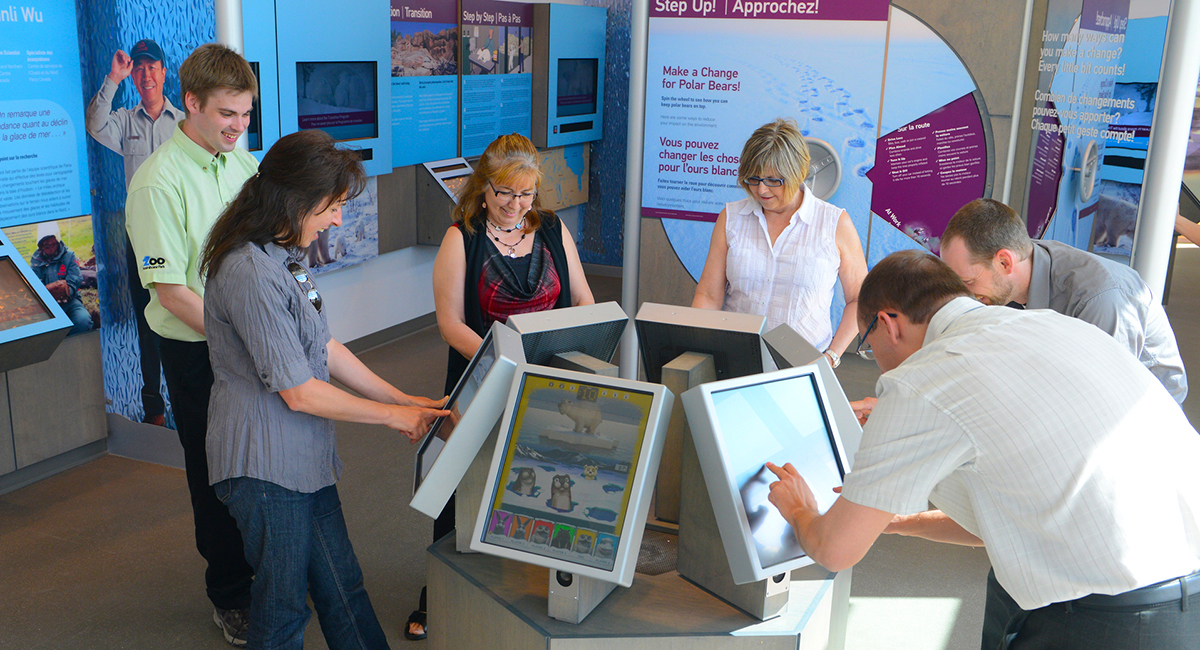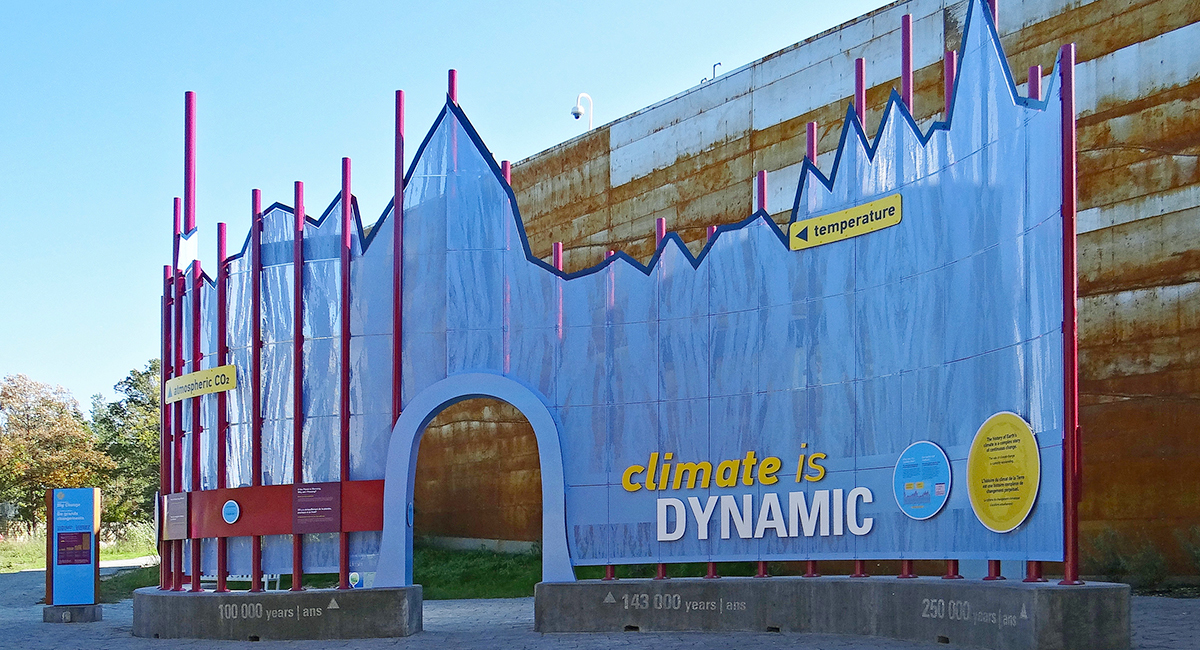For zoos, exhibitions are about far more than connecting visitors with a story: they are about making a real impact on the world beyond their gates.
So how many ways can an exhibition have an impact? First, an exhibition can impact its visitors, changing their perceptions and intentions to act through interpretive storytelling. Second, an exhibition can have direct impacts on the larger world by providing facilities for new programs and initiatives. Finally, an exhibition can benefit the institution itself through revenue generation, elevated status, and community connections—which then feeds into the ability to impact the future.
When Assiniboine Park Zoo in Winnipeg (capital of the Canadian province of Manitoba) decided to tackle the issues around climate change, they made a commitment to an exhibition that accomplished all of these things. It would require a comprehensive approach that went far beyond anything they had done before.
The exhibition is Journey to Churchill designed by The Portico Group (now MIG | Portico), it is an immersive experience conveyed through a series of live-animal habitats and multimedia interpretive elements. Within a space of 10 acres, visitors explore the interplay of humans, animals, and climate in several distinct ecosystems that span the 600 miles between Winnipeg and the town of Churchill, the “Polar Bear Capital of the World.” It is also, just as importantly, an active research and conservation center, including the Leatherdale International Polar Bear Conservation Centre (LIPBCC), a rescue and transition facility for orphaned wild polar bears. To address the zoo’s own needs, fully integrated event rental spaces allow for essential revenue generation and support connections with the local community.
The zoo is determined to “walk the talk” when it comes to addressing climate change. This manifests in three main ways. First, the zoo is responding to the current impacts of climate change on local wildlife. What truly sets this exhibition apart is the behind-the-scenes space for six to eight bears at the Leatherdale International Polar Bear Conservation Centre. This facility was specifically constructed to take in wild, orphaned polar bear cubs identified by wildlife officials in northern Manitoba. It offers a second chance for young bears that would not survive on their own. Second, the zoo is supporting field conservation programs by studying the impacts of climate change on wild animal populations. A new Department of Research and Conservation was created to take full advantage of the research spaces. And finally, the exhibition directly fights climate change by implementing design features that reduce energy needs. The most significant example was the decision to install a geothermal heating and cooling system for four of the buildings in the exhibition. This plays a major part in reducing the carbon footprint of Journey to Churchill (and provides significant cost savings).
Journey to Churchill has greatly increased the financial sustainability of the zoo. The expanded visitor experience has increased attendance and memberships, despite significantly raising the entry fees, creating a more sustainable revenue stream. And the renewed pride the community feels for their home zoo is beyond price.
(This is an excerpt of the full article printed in the Fall 2017 issue of Exhibition Magazine.)
Laura Bassett is a Certified Interpretive Planner and exhibit content developer who worked on this project for MIG | Portico.





